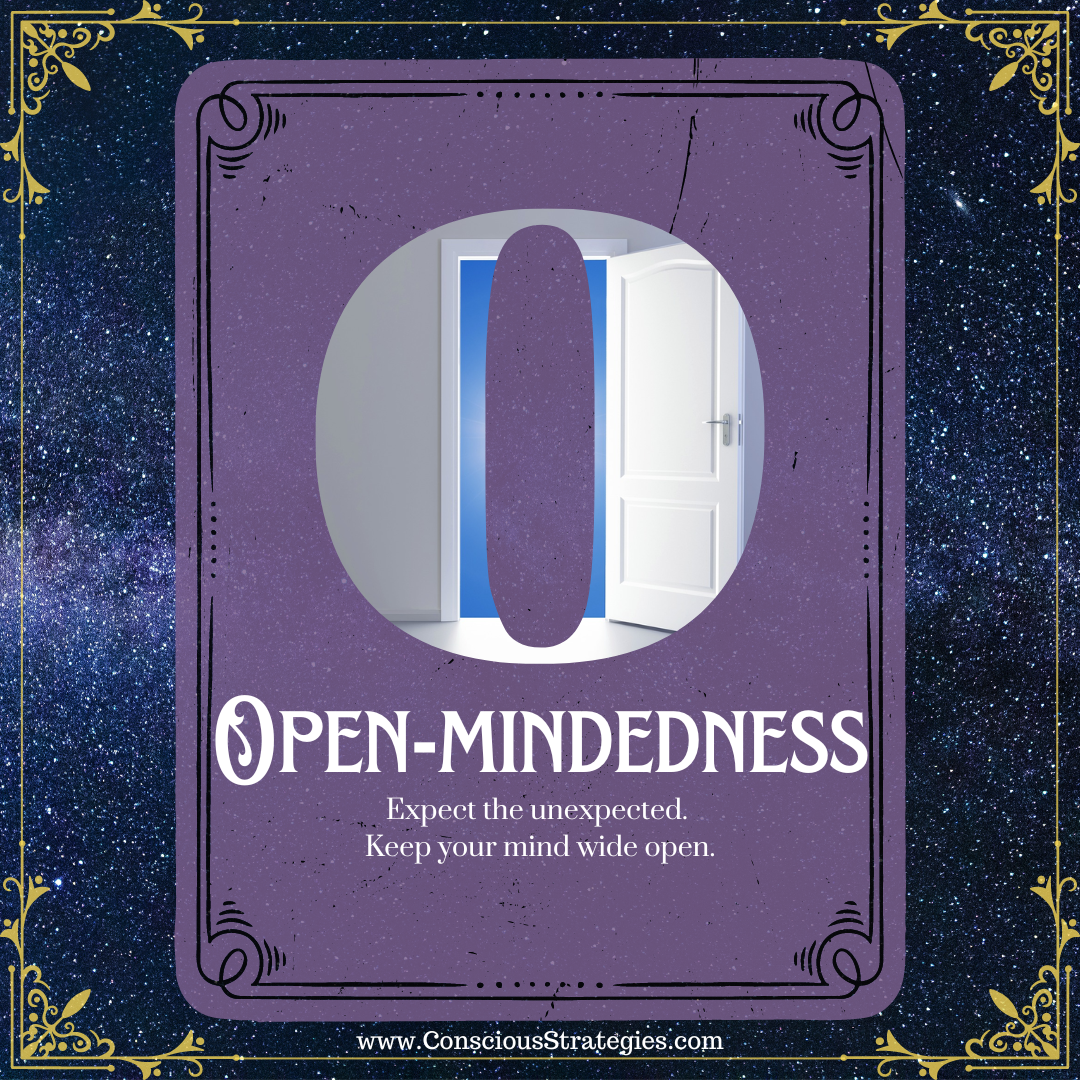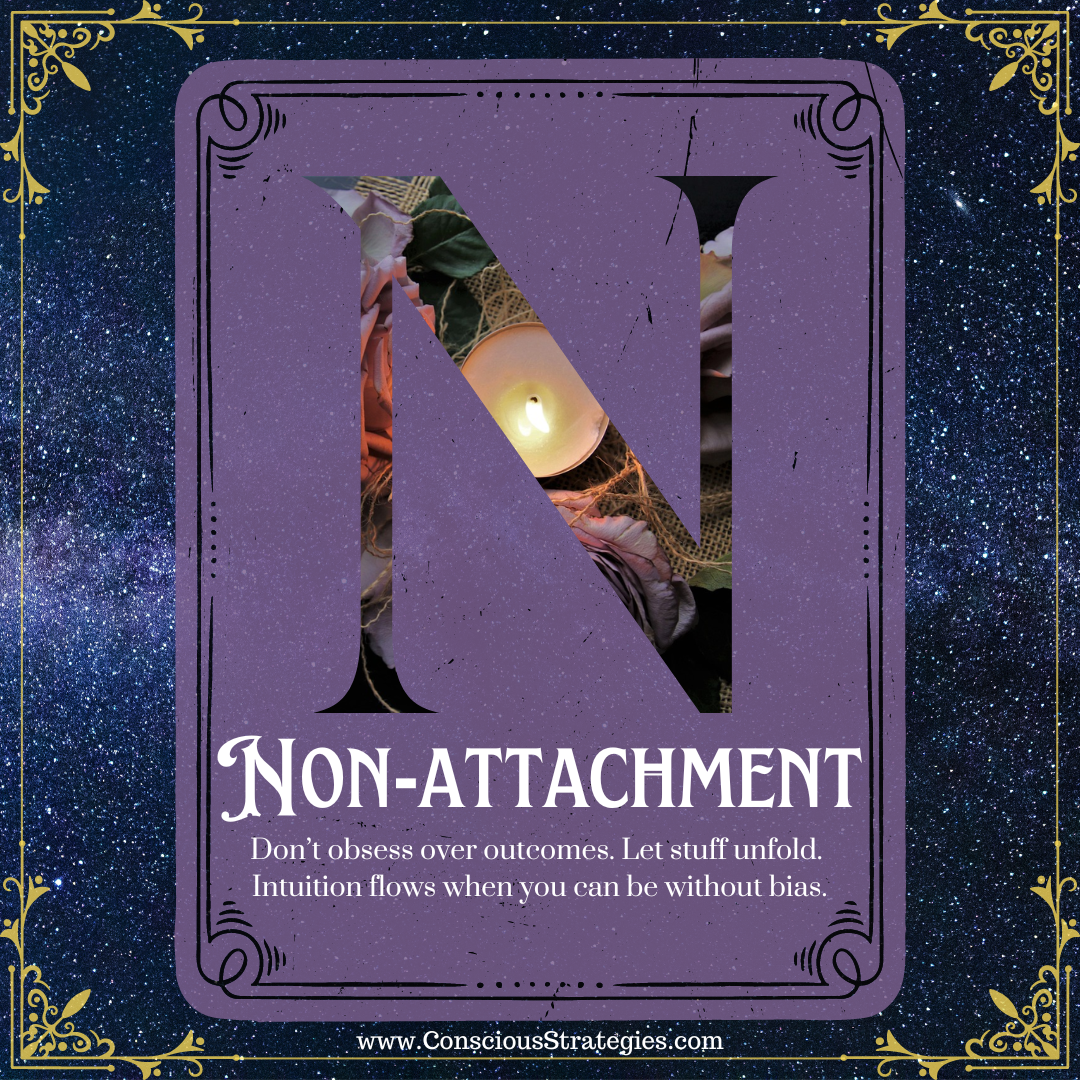What’s for dinner? Hmmm…
Well, dinner can actually be anything your cravings desire. Pizza, pasta, a juicy steak, chicken and rice, burger…anything as long as you make it wisely. The problem with all these diets out there is that they…
- Deprive you of one food or another
- Or require complicated math (i.e. how many grams of carbs vs proteins you should eat a day)
- Or quite frankly they’re too complicated.
Not to forget to mention, how unfair it is if the rest of your family and friends are enjoying something with flavor and you’re stuck eating something that tastes like cardboard. Of course with such odds, I can’t blame you if you quit.

The trick to success is making the action plan simple and manageable to continue for the long run.
(1) As mentioned before, try planning and preparing your meals ahead of time. If you’re already aware of what you’re going to be eating for breakfast, midday snack, lunch, afternoon snack, dinner, and evening snack and on top of that have prepared them for the most part…then healthy eating is always at arms’ reach. On top of that, to assure you don’t consume excess calories, you’ll already know how many calories you’ll be consuming for the day.
(2) Back off your kids’ plates! A nibble here and a nibble there (even healthy bites) really add up. FeedKids.com had a great example. Assume you nibble on:
Breakfast
- 1 bite of low-fat yogurt
- 1 Tbsp Cheerios
- 1 Tbsp scrambled egg
Lunch
- 1/2 oz or ~ 1.5 tsp avocado
- 1 baby carrot
Dinner
- 10 French fries
- 1 bite of hot dog
Snack
- 10 mini pretzels
Total: 325 Additional Calories…YIKES!
(3) Healthy choices don’t mean eliminating foods. It means continuing to eat what you enjoy with a healthier twist. Eat leans proteins (i.e. chicken breast, fish, eggs), unrefined carbs (i.e. whole grains, veggies, and legumes), and good fats (i.e. olive oil, coconut oil).
(4) Proteins are great! They take more energy, meaning calories, to chew, digest, metabolize, and store than any others (such as fats and carbs). In fact, about 30% of the calories that come from protein are burned off via the thermic effect of food (through the process of digestion). For instance, if you consume 100 calories of protein, 30 of them will be used for digestion, leaving only 70 calories. So, 100 calories of proteins really means 70 calories. Carbs have a thermic effect of about 15% and fats about 3 to 5%.
(5) When it comes to carbs, think unrefined (whole grains) as opposed to refined (i.e. white breads, cookies, white rice, candies, and syrups) which raise blood sugar levels, encourages fats storage, weight gain, and hunger. You see, carbs are either used immediately for energy or if your body doesn’t need to use it at the time, they’re stored for later usage. Meaning, if you take in more than your body needs, they’ll be stored in your muscle and liver cells. Once the cells become too full, the glucose (simple sugars) will be converted into fatty acids and stored in your fat cells. Oh no!
(6) Don’t forget the fiber! Fibrous foods like apples help with digestion and are great for the waistline.
(7) Foods containing a lot of water, such as veggies and soup, also tend to fill the belly on fewer calories, thus stopping you from eating them prior to eating calorie-dense foods.
(8) Keep your metabolism up by eating every few hours so that your body doesn’t go into starvation mode and begin storing fat as a survival mechanism.




